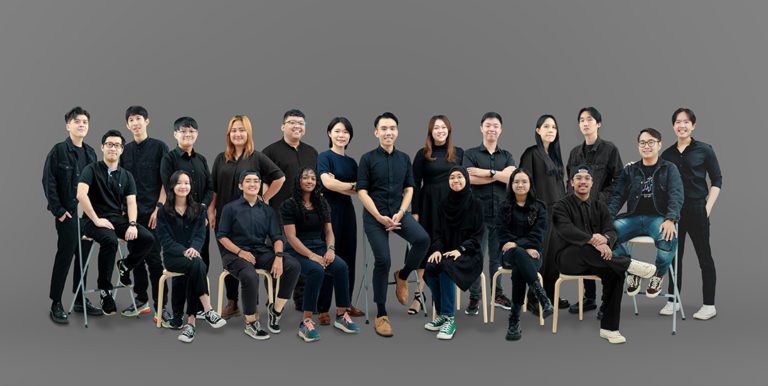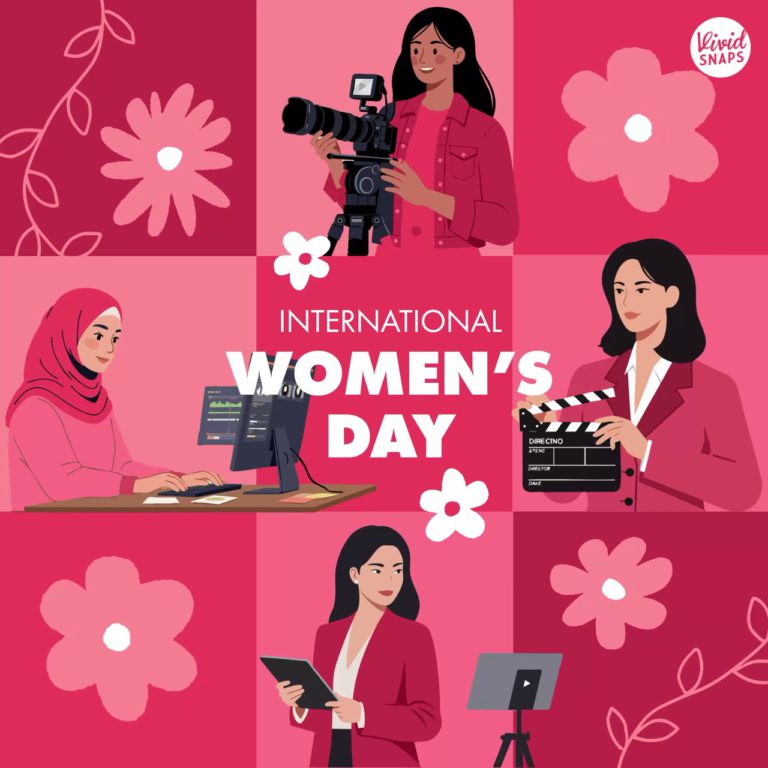Behind a seemingly simple video, is a lot of hard work. Three main stages are involved in corporate videography production — pre-production, production and post-production. However, a professional video production workflow is more than just these 3 simplified steps.
Read on to gain a better understanding of a professional video production workflow.
Table of Contents
- Pre-production
- Production
- Post-production
- Event Videography vs. Corporate Videography
- How to Save Costs?
- Video Production Workflow

Pre-production
Script writing, location scouting and casting are a few of the things you might have already expected on this list. However, you should also think about your target audience, budget and main message.
Pre-production lays the foundation to carry on the rest of your project. The more you plan, the better your final video will be. You should always discuss your goals and objectives with your videographer to ensure you are on the same page.
Here are a few key steps involved in pre-production:
- Casting and/or interviews
- Filming and crew schedule (final version)
- List of required A-roll
- List of ideal B-roll
- Tech checklist
- Location booking and licenses
- Props and costumes (if required)
- Catering and transport (if required)
Production
Production is the actual filming process of your video. By then, your video team should have checked that everything you need is in place. When working with a corporate videographer, this step will be fuss-free for you.
Although problems may arise on set, the video team will work with you to solve them promptly.
Post-production
Things don’t just end after you are done filming all the scenes. Post-production is where the magic really happens. Apart from editing and adding visual effects, colour-grading and audio help enhance your video.
This may sound easy, but it takes multiple revisions and a lot of dedication to produce a good video.

Event Videography vs. Corporate Videography
You might be wondering if there is a difference between corporate and event videography. The short answer would be yes, in all three steps of the video production workflow.
Pre-Production:
Corporate videography requires storyboarding before production, while event videography does not. This is because corporate videos tend to have a specific message to bring across to viewers.
Production:
Exploring creative shots and different angles are things that event videographers may do. This is unlikely to happen for commercial videography as scenes are already planned beforehand.
Post-Production:
For event videos, the editor may select shots based on suitability for the video. However, for commercial videos, the editor would closely follow the storyboard.
How to Save Costs?
Even while working with a professional, there are ways you can stretch your dollar. Here are some ways you can prevent unnecessary spendings:
- Have clear video objectives and provide reference videos.
- Don’t request for too many visual effects and animations.
- Provide your own location and talents
- Set aside at least 4 weeks for the production timeline. A shorter timeline sets you back more.
- A shorter video will cost you less than a long one.
- Internal communication can prevent revision count.
Video Production Workflow
These three steps each play a key role in your final product. They should never be shortchanged or underestimated. We hope this article was useful in helping you understand the video production workflow.
If you have any enquiries regarding corporate or event videography, contact our project coordinators, who will be happy to help.







